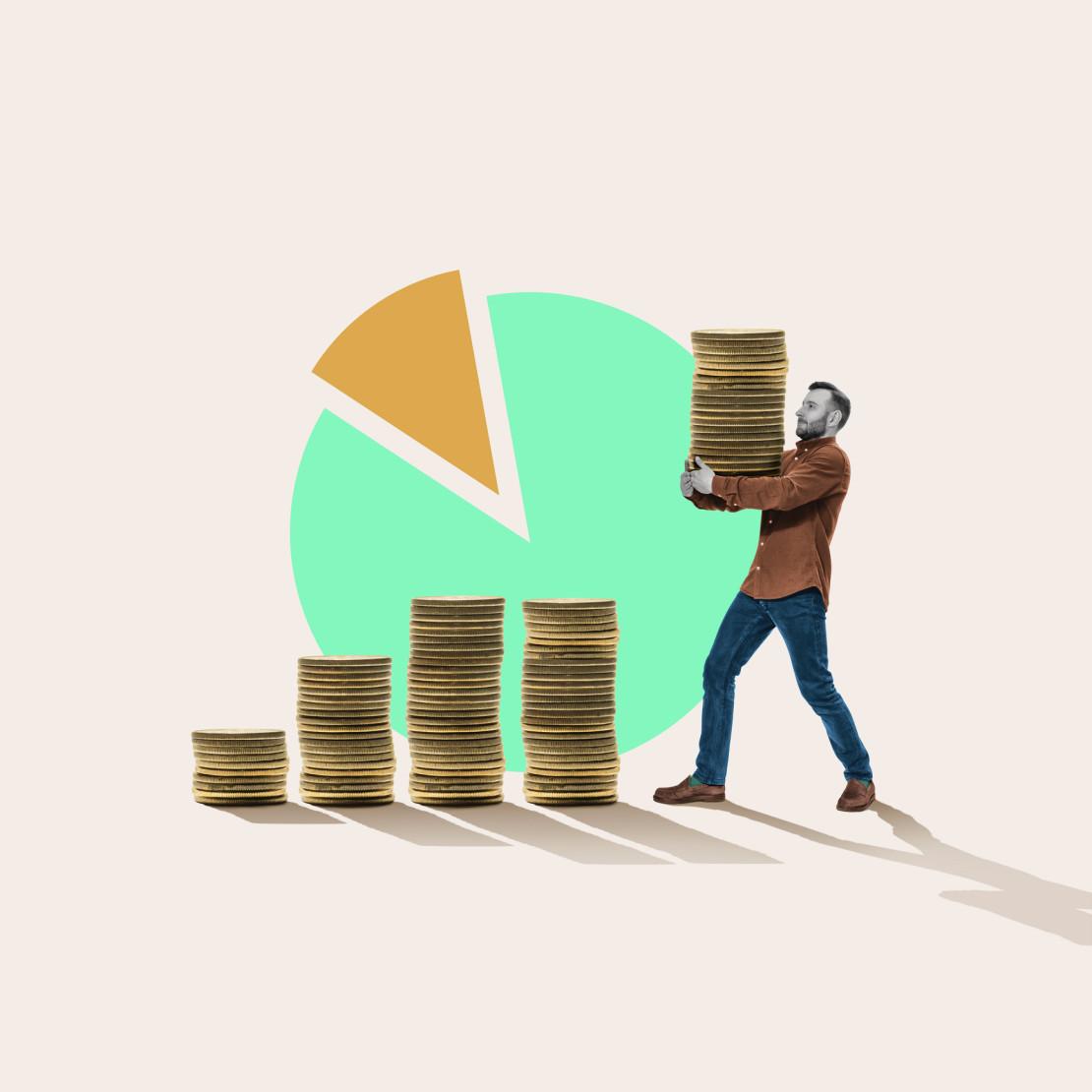Important: This article is for general guidance purposes only and should not be considered investment advice. If you are unsure about the suitability of an investment, please seek out advice. When you invest, your capital is at risk. Tax treatment will depend on your individual circumstances and could potentially change in the future.
Investing in ETFs can sometimes feel like ordering food from a menu written in a foreign language.
Often, it’s easy to understand what an ETF is investing in – many have names that reflect the indexes they track or the industry sectors they focus on. Other times, however, there are additional qualifying words that can cause confusion.
Two such words are “accumulation” and “distribution”. ETFs with these words in their name will invest in securities that make regular payments in some form. They will, however, treat these payments differently depending on which of these strategies they follow.
"It’s possible for two ETFs to invest in the same holdings but have different return profiles depending on whether they are an ‘accumulation’ fund or a ‘distribution’ fund."
It’s possible for two ETFs to invest in the same holdings but have different return profiles depending on whether they are an “accumulation” fund or a “distribution” fund. Here, we break down the differences and look at some of the benefits of each.
How do accumulation ETFs work?
As an investor in an accumulation ETF, you won’t receive dividends paid out by stocks or interest paid out by bonds as a cash payment in your investment account. Rather, when payments are received from assets held in the fund, they are reinvested automatically.
You don’t have to do anything to facilitate this process. The company responsible for the management of the ETF will take steps to ensure the income generated by the portfolio is automatically reinvested. This allows for compounding to start right away. Accumulation ETFs can also help to save on commission costs because the investor doesn’t need to make a trade to reinvest funds received.
How do distribution ETFs work?
Distribution ETFs – also sometimes referred to as income ETFs – pay out dividends and interest to shareholders.
This will be done periodically, depending on the ETF. You may receive cash payments monthly, quarterly, semi-annually or annually.
You can use these distributions however you please. You could, for example, use the payments to meet certain living expenses. Alternatively, you can reinvest these back into the ETF or another investment product – though, unlike with an accumulation ETF, you’ll need to do this “manually”.
"One type of ETF isn’t better than another. Both strategies, however, may be more appropriate for certain types of investors."
Which strategy is better?
One type of ETF isn’t better than another. Both strategies, however, may be more appropriate for certain types of investors.
If capital appreciation is your goal and you don’t need to generate income from your investment portfolio, then an accumulation fund may be better suited to your long-term strategy. Payments will be automatically reinvested, so you’ll save on commission costs and maximise the amount of time you have to take advantage of compounding.
If, however, you’re following an income investing strategy, then you obviously will want to receive regular payments. If that’s your plan, then a distribution ETF may make more sense.
A word on income tax
In the UK, taxes are due on dividends and interest that you receive above your annual allowance. This is the case whether you’re invested in an accumulation or a distributing fund. The exception is if your investments are held in a tax-efficient investment wrapper, like a Flexible Stocks & Shares ISA.
Just because you’re not “physically” receiving payments from an accumulation ETF doesn’t mean there aren’t taxes due on the dividends or interest generated. This is important. Since you won’t be receiving distributions from the ETF, you’ll need to pay your tax with cash from other sources. If you’re invested in a distribution fund, then you can use the payments you receive to pay taxes.
Please note, tax treatment will depend on your individual circumstances and could potentially change in the future.
Read carefully
While ETFs will often contain words like “income”, “distribution” or “accumulation” in their names, sometimes these details aren’t as easy to find. Not every product is as explicit about what strategy it follows. It’s important, therefore, to read through the literature of any fund you’re considering, identifying how payments generated by the fund will be treated.
By doing so, you’ll be better equipped to understand how a fund product fits with your overall investment strategy and whether you’ll have to meet any tax liability.
Capital at risk.




